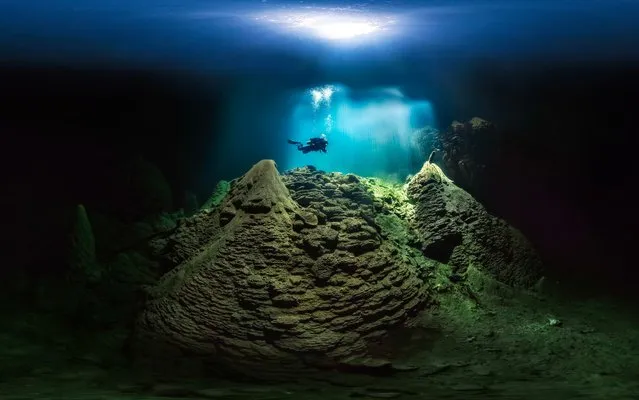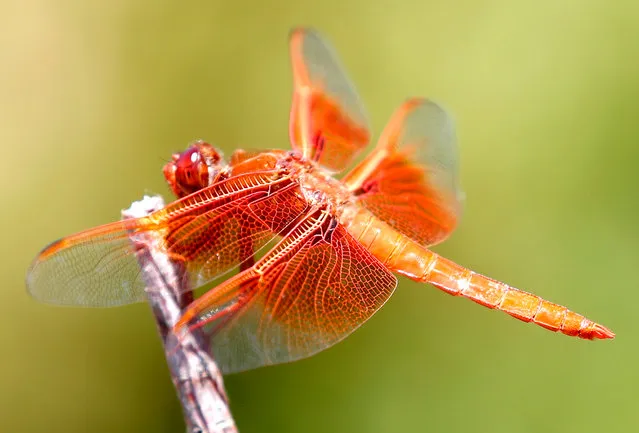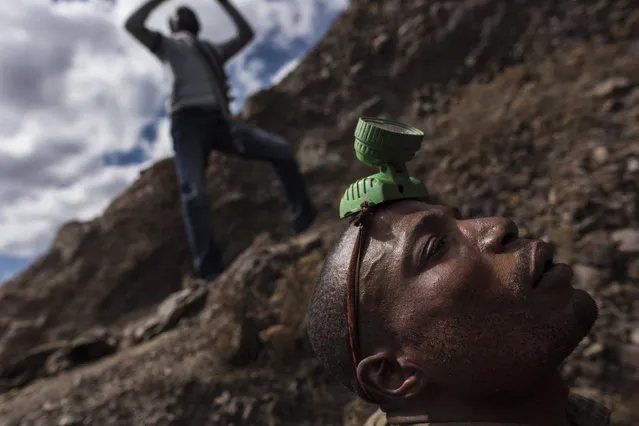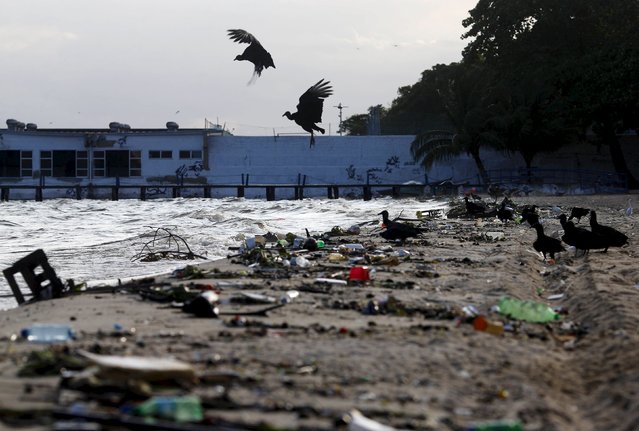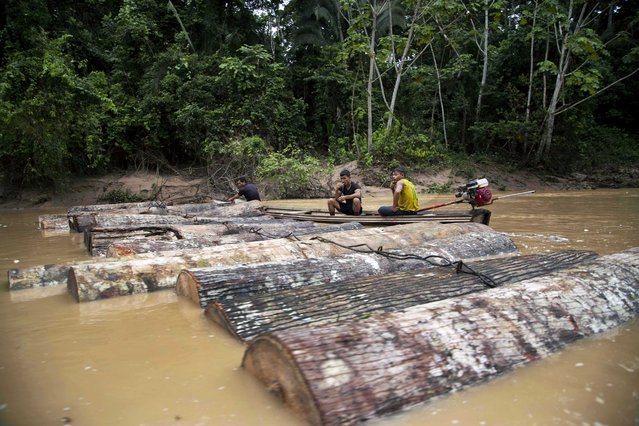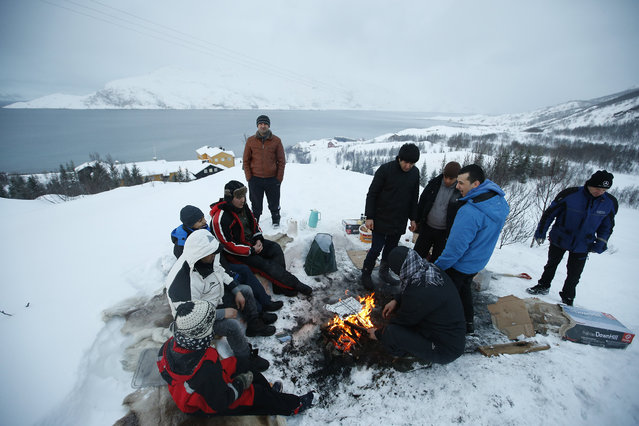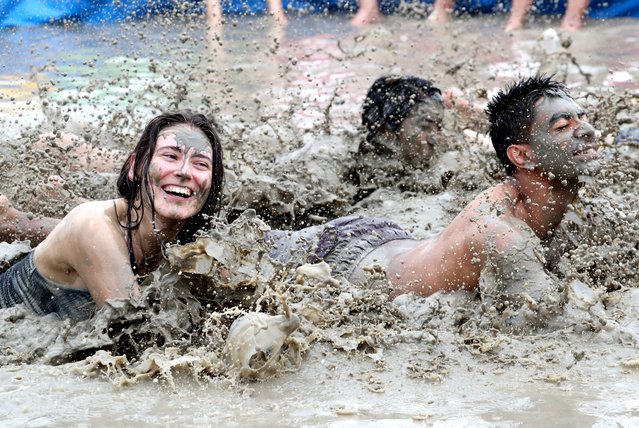
Foreign tourists who visited the “Boryeong Mud Festival” venue in Boryeong-si, Chungcheongnam-do on the July 19th, 2024 are having fun rolling around in a mud bath. The 27th Boryeong Mud Festival this year will be held until the 4th of next month. Last year, more than 1.6 million tourists visited the festival. (Phoot by Shin Hyeon-jong)
09 Aug 2024 04:29:00,post received
0 comments

